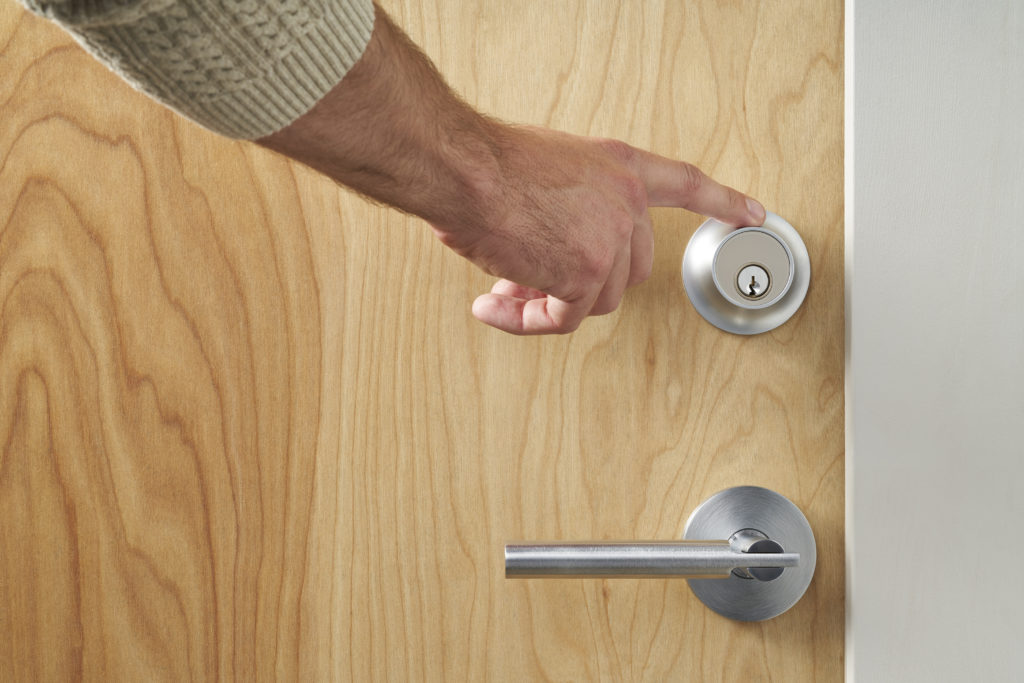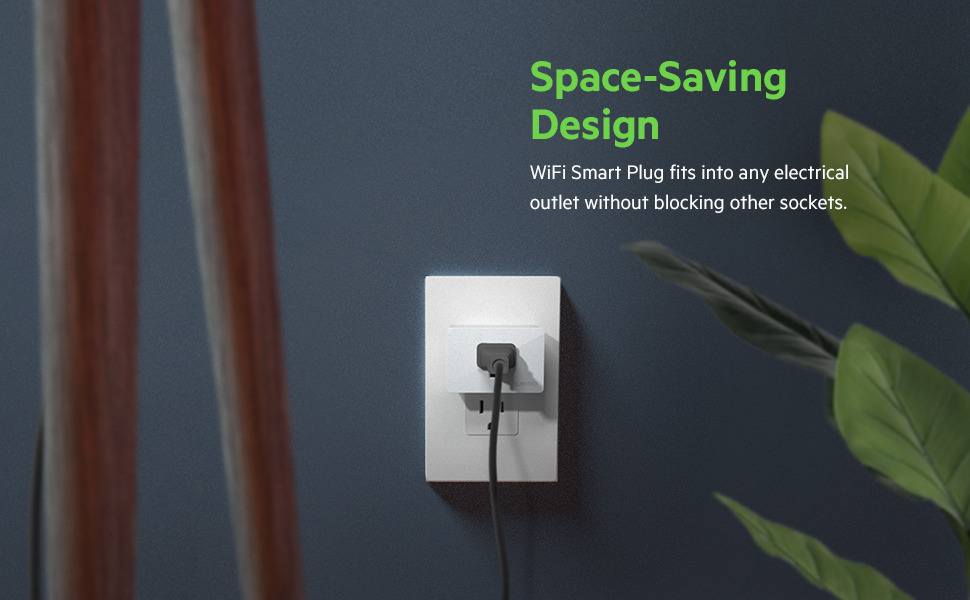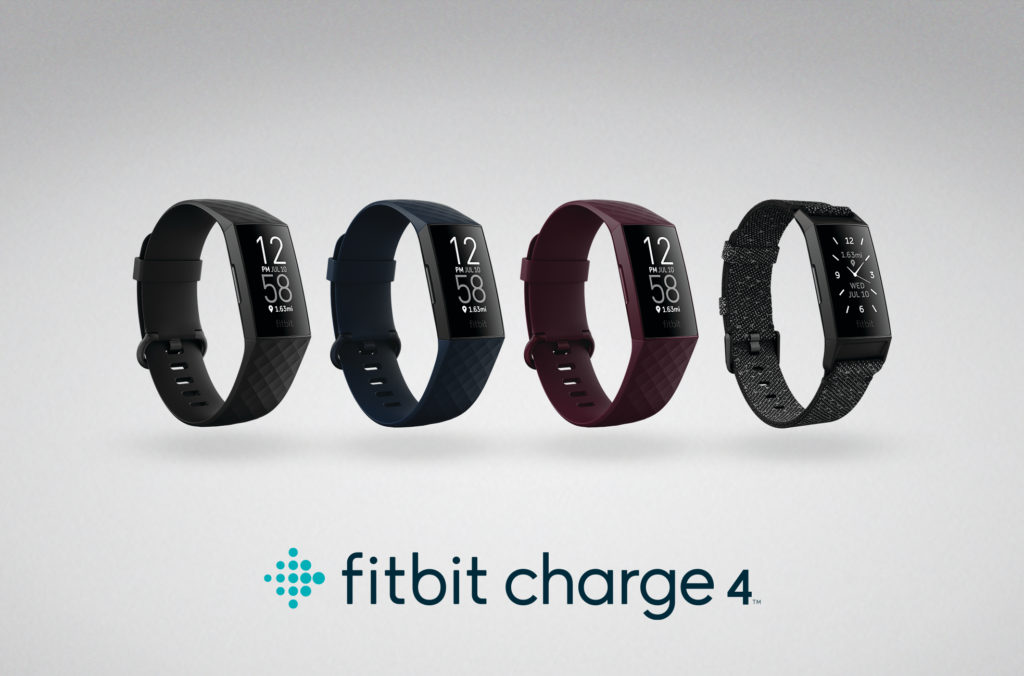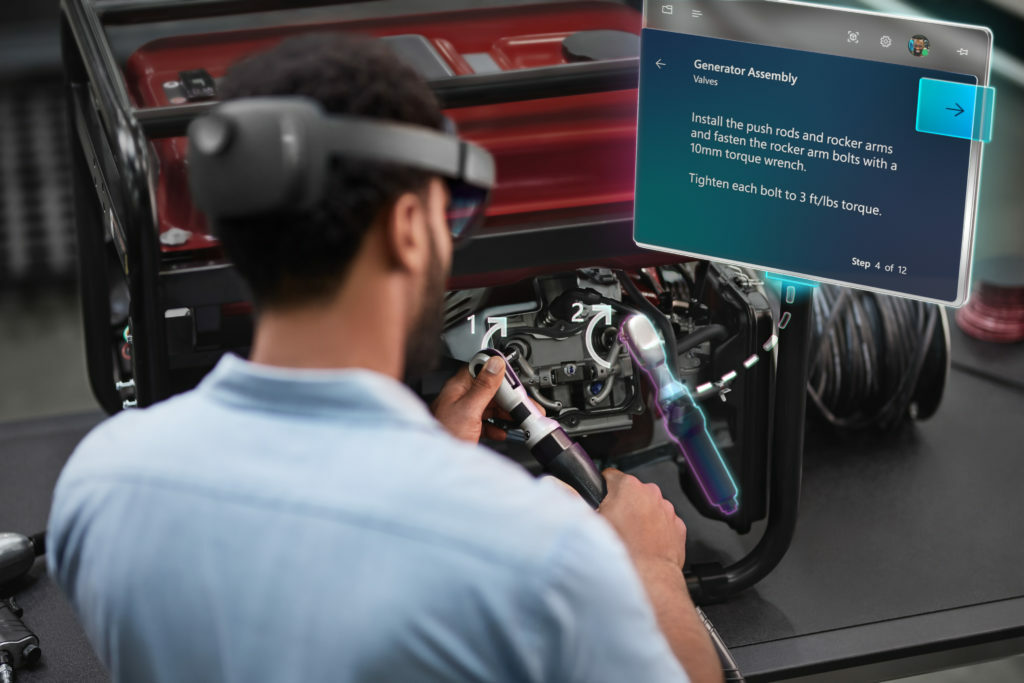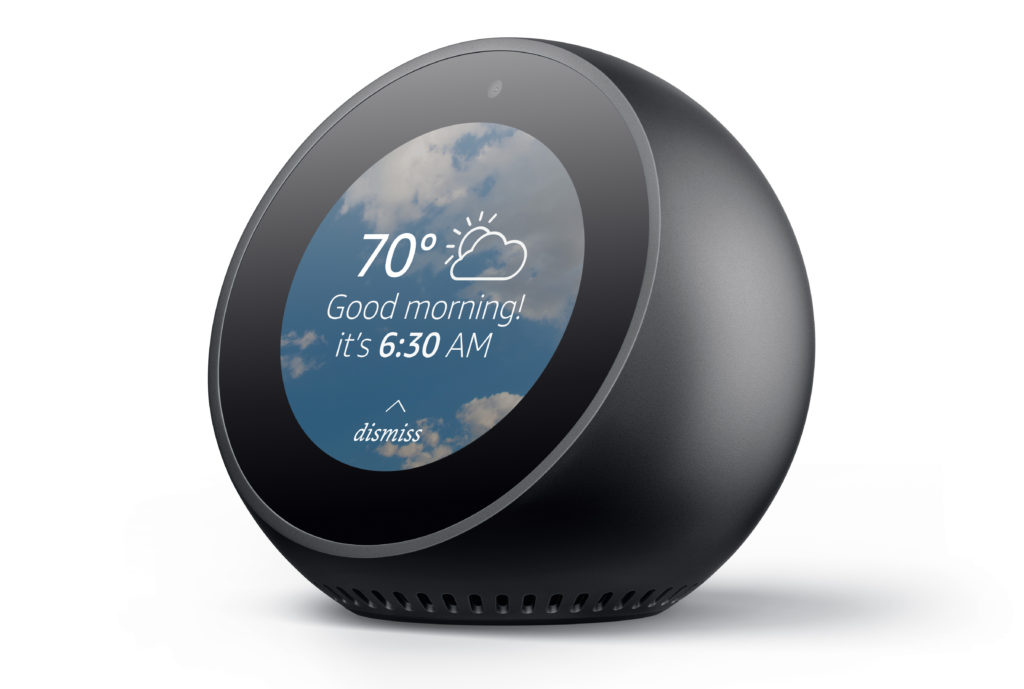This week’s podcast is full of gift suggestions from our annual gift guide, many of which are aimed at those people on your list who have a green thumb. We then discuss my disappointment with Wemo after almost a decade of using its devices, and Kevin shares his plans to eliminate data-mining services from his life. On a related note, we do a deep dive into Amazon’s Sidewalk network plans and talk about trust. From there, we discuss new features for Google Assistant, an adorable AI bird feeder on Kickstarter, and my thoughts on the Chef IQ smart cooker. We end by answering a listener’s question about wearables and their accuracy.
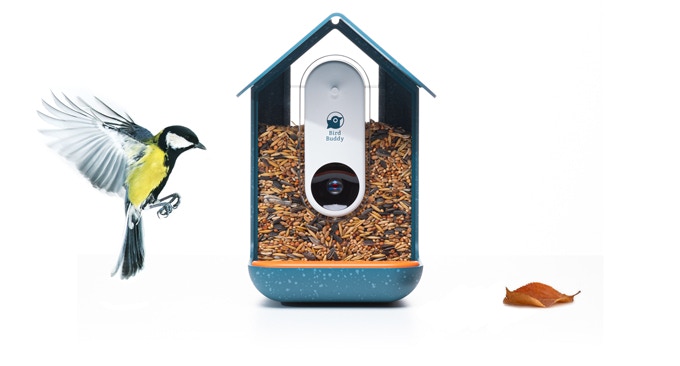
In honor of the American Thanksgiving holiday, our guest this week is Nick Holzherr, head of product for Whisk at Samsung Next, who talks about the future of the smart kitchen and food preparation. We discuss the role recipes can play as a standard for smarter kitchens, how to solve the problem of pantry management, and why it’s so hard to build updated kitchen experiences when everyone has kitchens that are from different eras. We even discuss the challenges of personalization and how to get users to trust the services to which they’re asked to give up their personal information. It’s a good show to listen to while prepping a meal.
Hosts: Stacey Higginbotham and Kevin Tofel
Guest: Nick Holzherr, Head of Whisk at Samsung Next
Sponsors: Calix and Teracode
- Four gift ideas for people obsessed with their plants
- Amazon’s Sidewalk isn’t as invasive as you might think
- The ChefIQ smart cooker combines gadgets and makes cooking easier
- The future of the connected kitchen is almost here
- The big trend in kitchen gadgets is combo cookers
Podcast: Play in new window | Download | Embed
Subscribe: RSS

